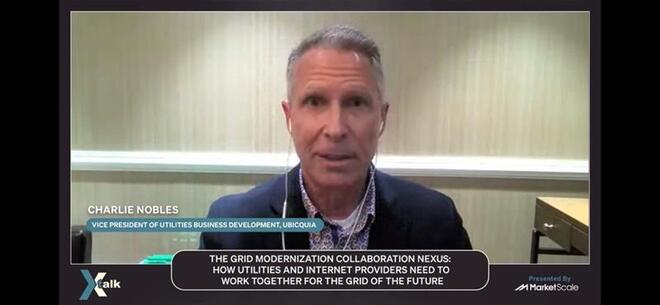Redefining the Energy Grid Edge Has to Include What’s Beyond the Meter

MarketScale
The concept of the “grid edge” in the world of energy management is undergoing quite some transformation right now. Traditionally defined by the boundary of metered electricity delivery, the grid edge is now seen as a broader and more complex interface that includes not just the meter, but also behind-the-meter technologies and upstream elements like distribution transformers. This shift reflects deeper changes in how energy systems are monitored and managed, revealing critical “dark areas” in energy distribution to where that stands for consumers. With energy systems becoming smarter and more integrated, understanding and redefining these boundaries can lead to more efficient and reliable power distribution.
What exactly constitutes the new “grid edge,” and how can utilities adapt to these expanded boundaries?
On the latest Experts Talk roundtable examining the modernization of the power grid, Charlie Nobles, Vice President of Utilities Business Development at Ubicquia, Inc., provided some explanation using his own experience leading a metering organization.
Some of Nobles’s insights specified that:
- The grid edge is no longer just about where electricity is metered; it encompasses everything from the distribution transformers to behind-the-meter technologies.
- As technologies evolve, the grid becomes more complex, integrating various elements that were previously considered outside the traditional grid edge.
- There is a critical need for enhanced monitoring and visibility at all points between the substation and the customer. This is vital for maintaining system reliability and efficiency.
- Developing robust data communication and telemetry pathways is essential to manage and monitor these expanded grid boundaries effectively.
- Utilities must strategically redefine the grid edge to include these broader elements, which requires a shift in both operational focus and technological adoption.
Nobles’s perspective demonstrates that utilities are at a turning point and by expanding their understanding and monitoring of the grid edge, they can illuminate previously dark areas of the network, enhancing both performance and customer service.
Article by: Alexandra Simon.

